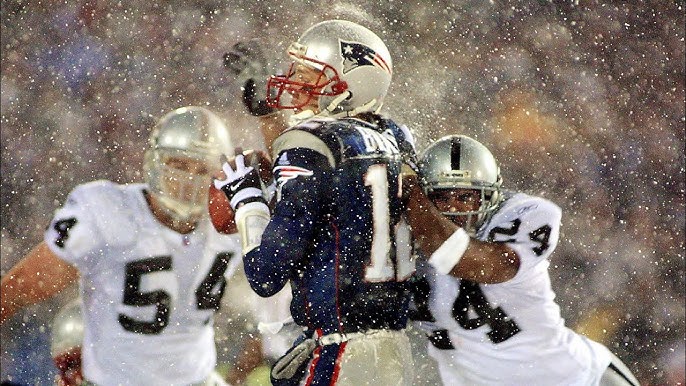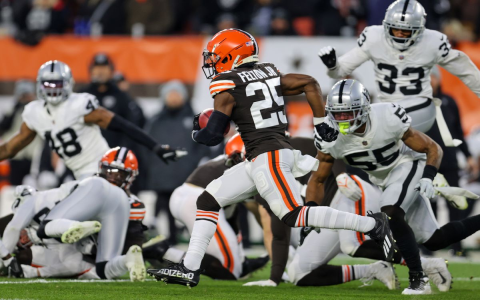Okay, guys, so I’ve been digging into this whole “Tuck Rule” thing in the NFL, and let me tell you, it’s a trip.

So, I started by just seeing what the deal was with this rule. It’s not some big, official thing, more like a clarification. From what I gathered, it was in the rule book from 1999 to 2013.
I dove into what it actually means. Basically, it had to do with when a quarterback is trying to throw the ball, but doesn’t really. If he started to throw and then tried to pull the ball back in, and then lost it, it was not a fumble. It’s like the NFL was saying, “Hey, if the QB was trying to tuck the ball back in and then fumbles, it’s not really a fumble, more like an incomplete pass.”
I then looked into why this rule was even a thing. It seems like it was there to clear up some confusion on what counts as a forward pass and what’s a fumble. I read through the official note in the rule book, which is “NFL Rule 3, Section 22, Article 2, Note 2.”
Then I got to the juicy part – the controversy. This rule was a big deal in a playoff game between the Raiders and the Patriots. Brady, the Patriots’ QB, seemed to fumble the ball, but because of this rule, it was called an incomplete pass. Man, the Raiders fans were not happy.
I also checked out what would have happened if it was called a fumble. The game’s outcome could have been totally different. It’s crazy how one little rule can change so much.

So, after all this digging, I realized it’s not just a simple rule. It had a big impact on games. They ended up removing the rule in 2013, which I guess makes sense, given all the fuss.
- Learned that the Tuck Rule was more of a clarification than a standalone rule.
- Understood it was about distinguishing a forward pass from a fumble.
- Discovered the rule was in effect from 1999 to 2013.
- Explored the famous controversial play involving Tom Brady.
- Realized the rule’s impact on game outcomes.
It’s wild how something that seemed so technical can cause so much drama. But hey, that’s football for you!
I learned a lot about football rules and the NFL, and I hope you did too.


















